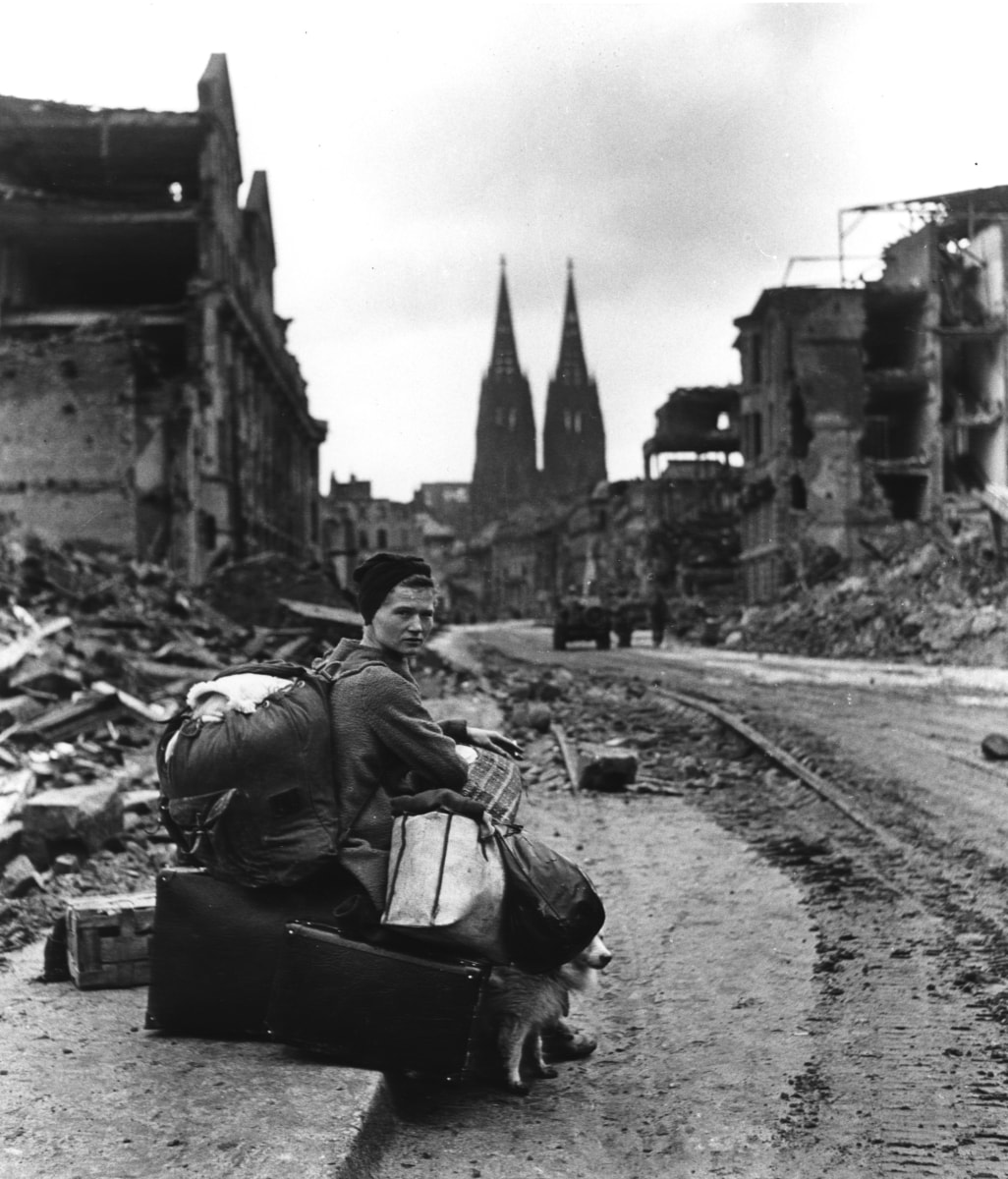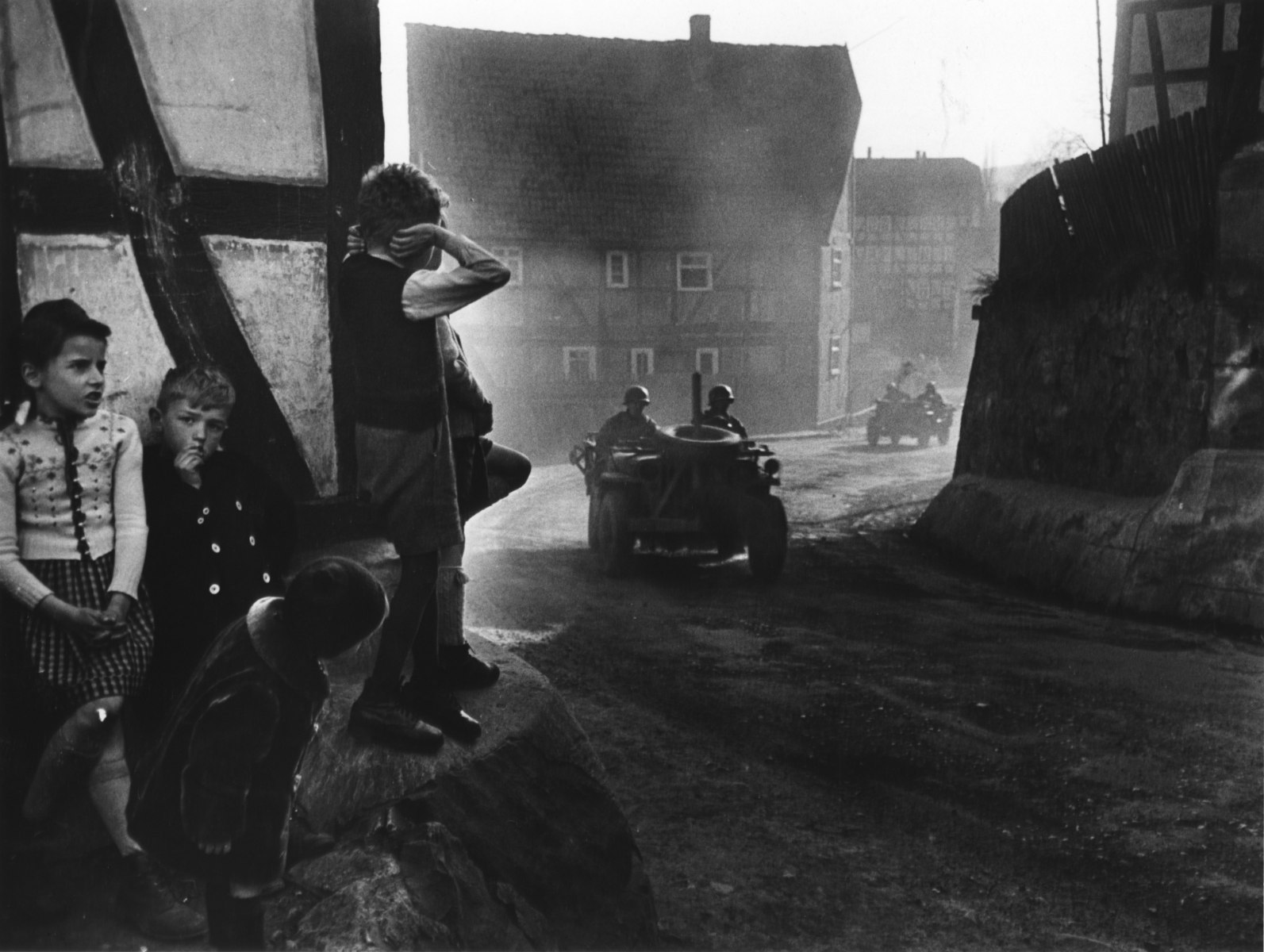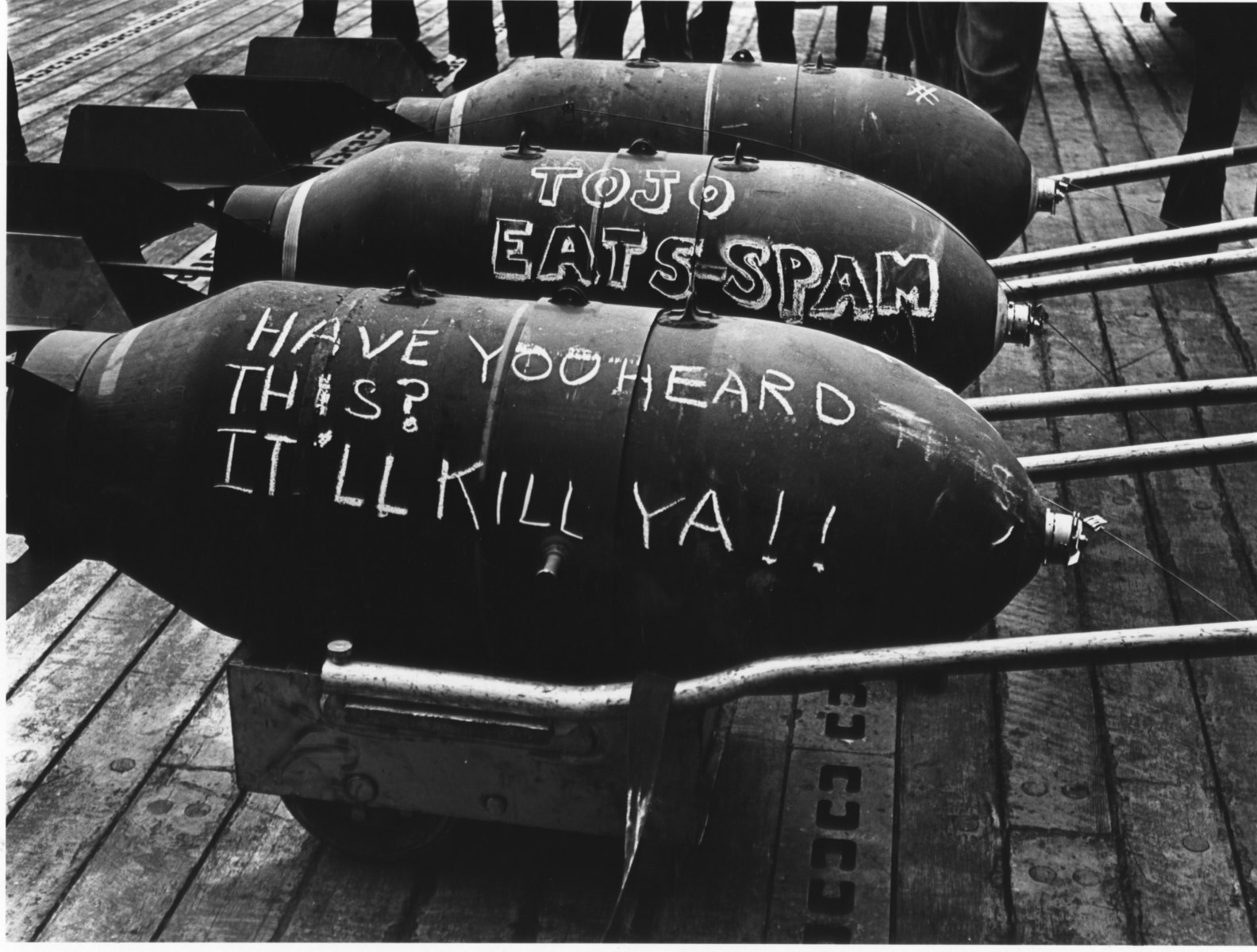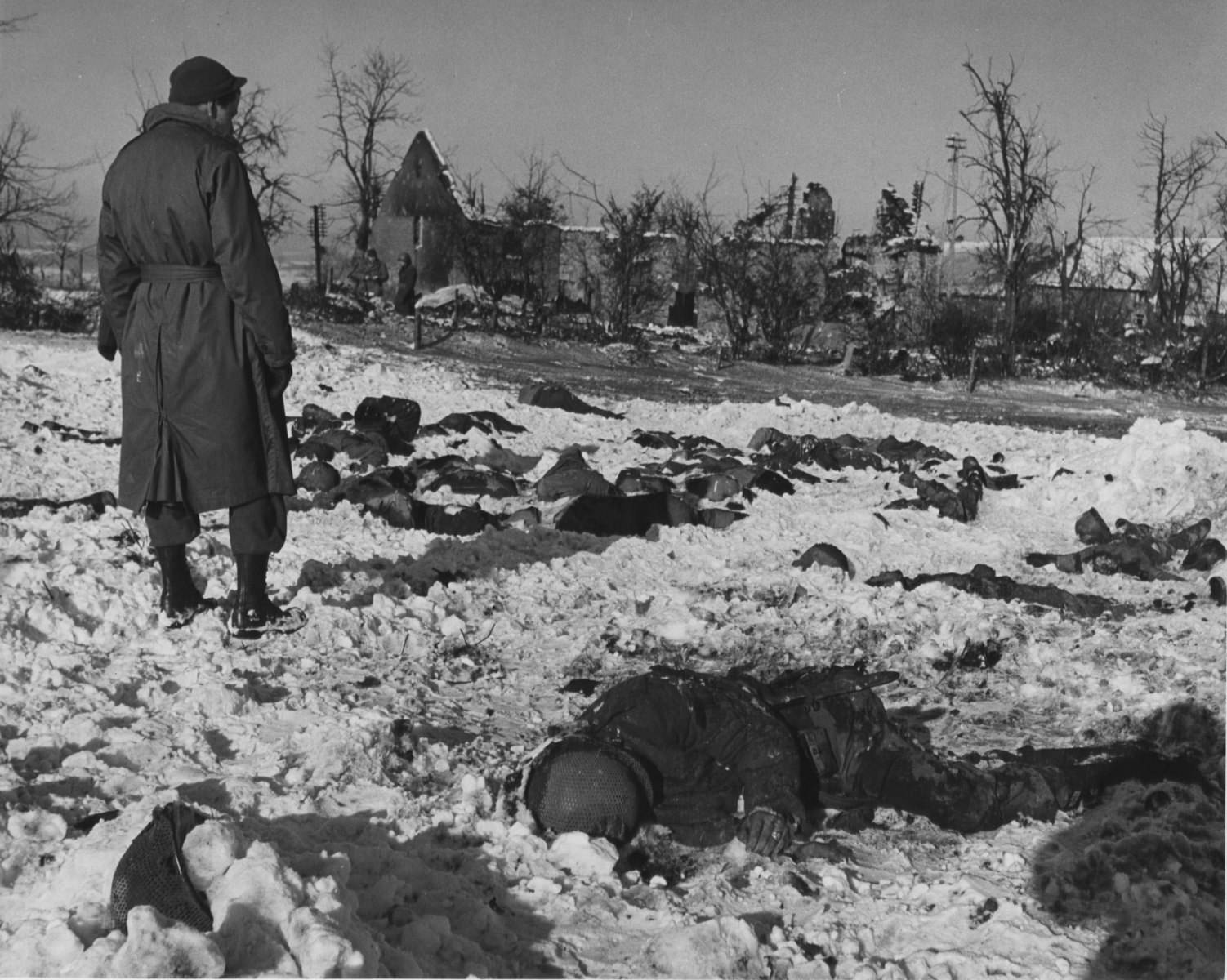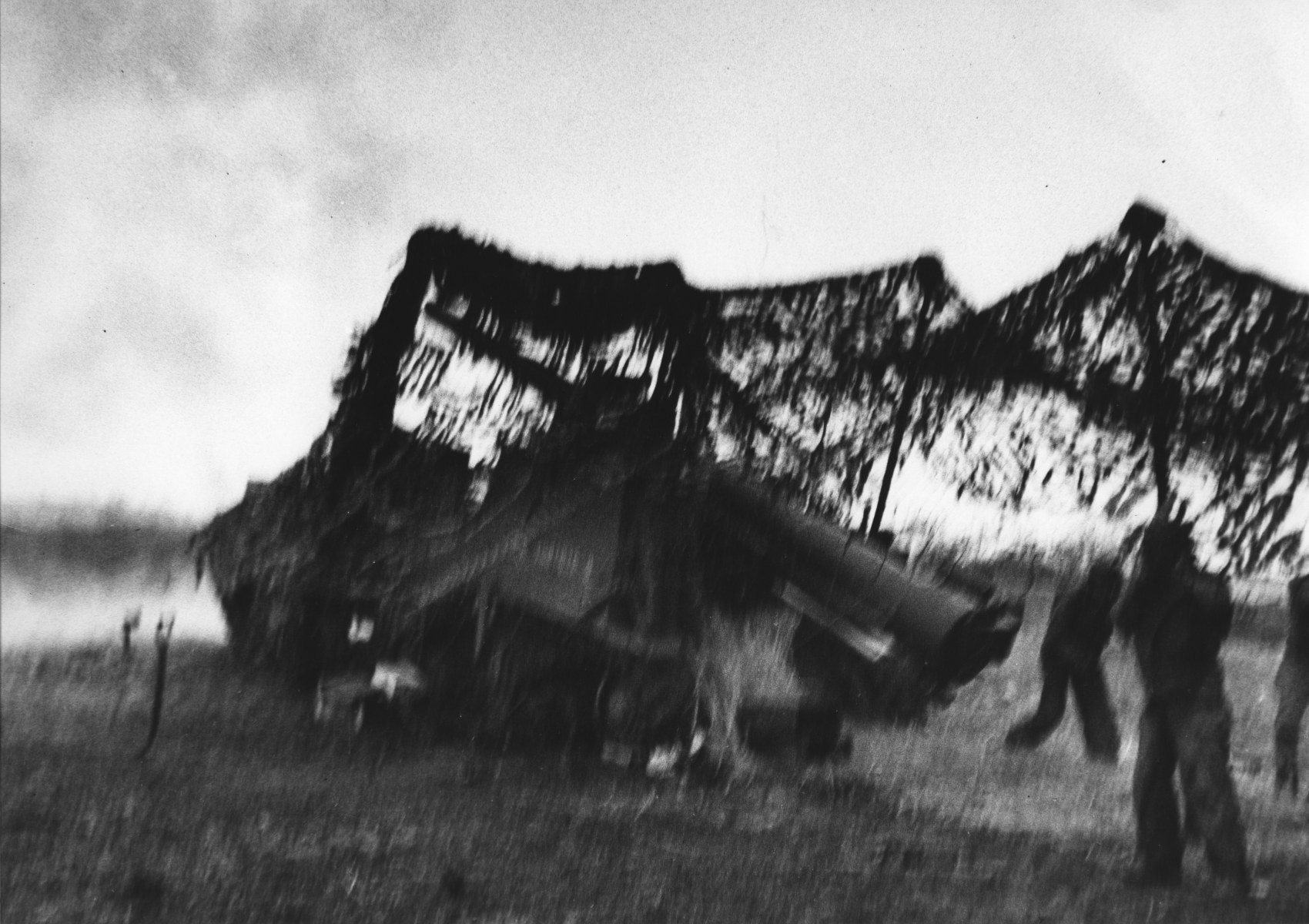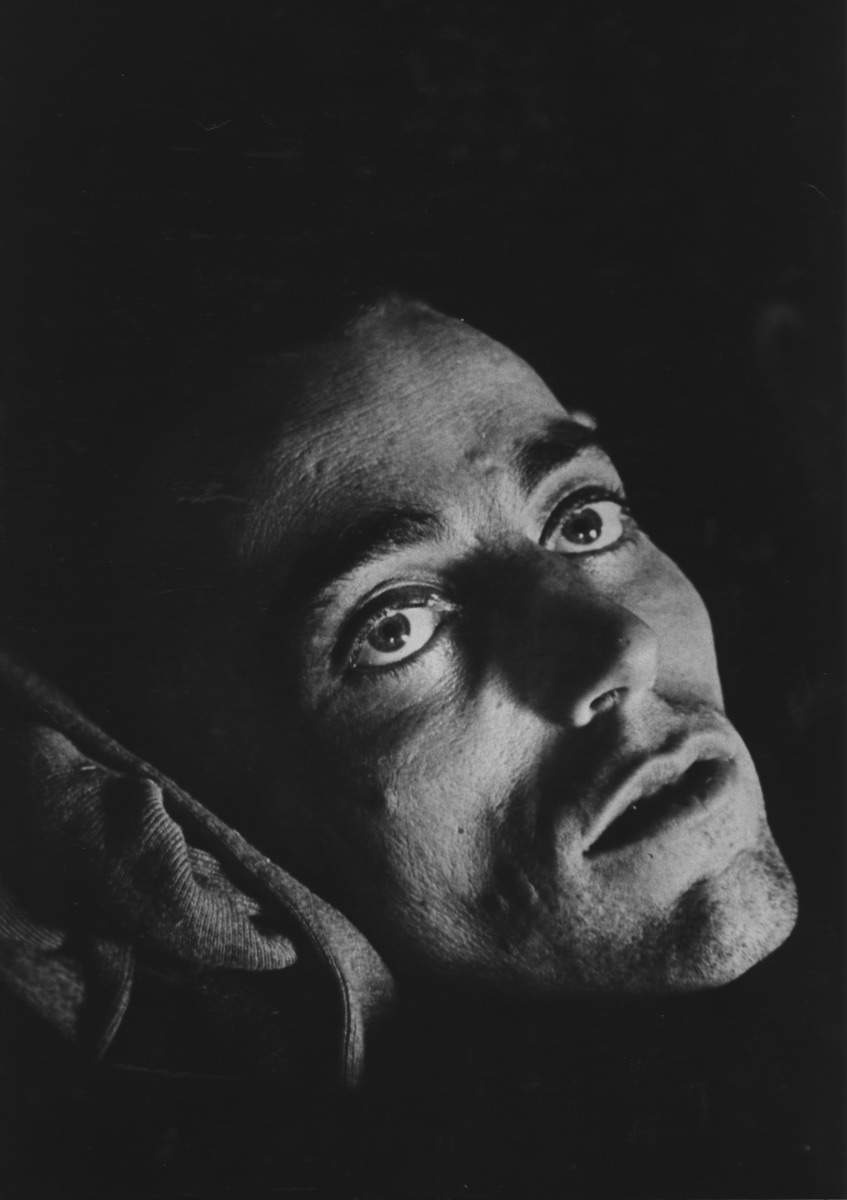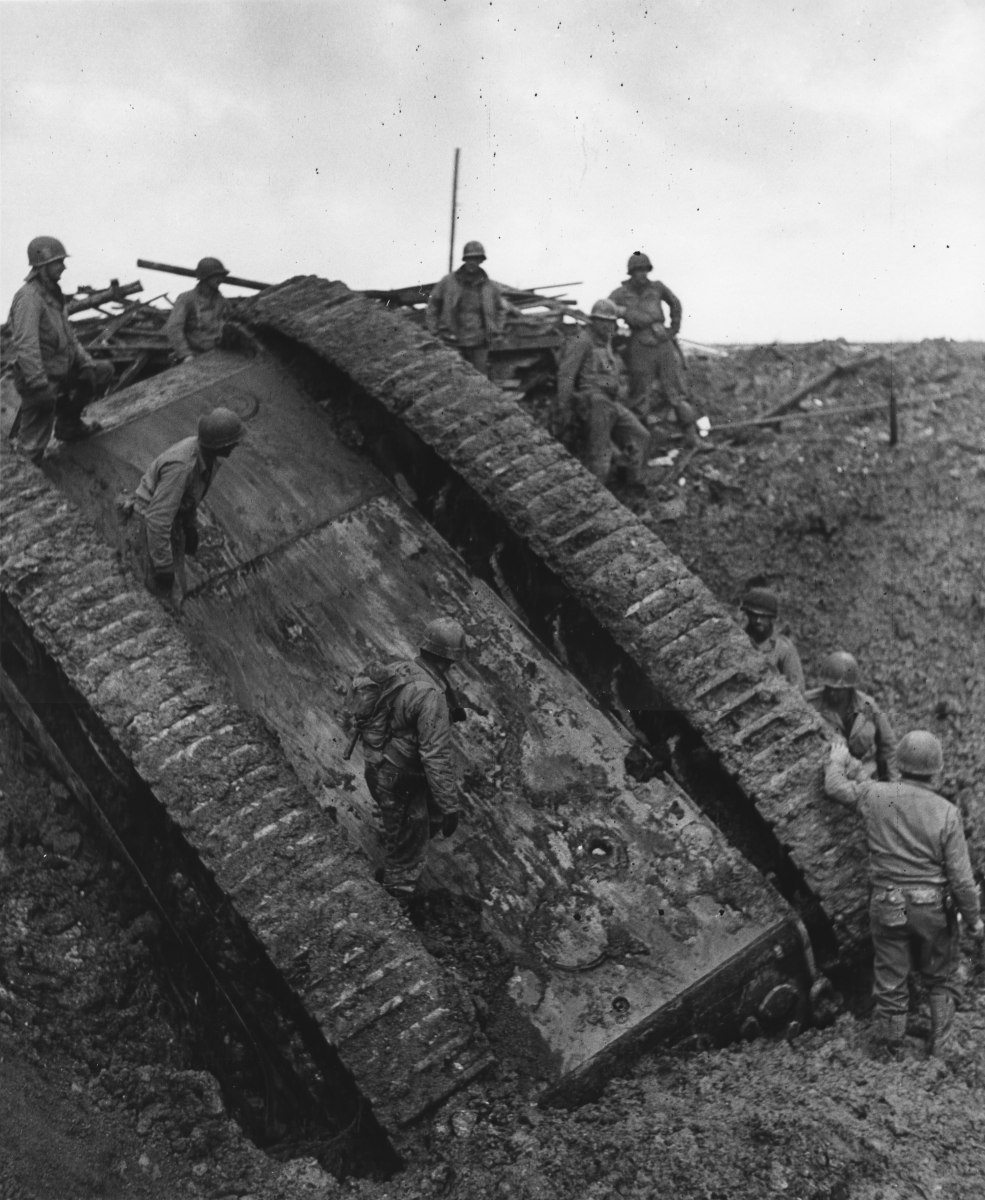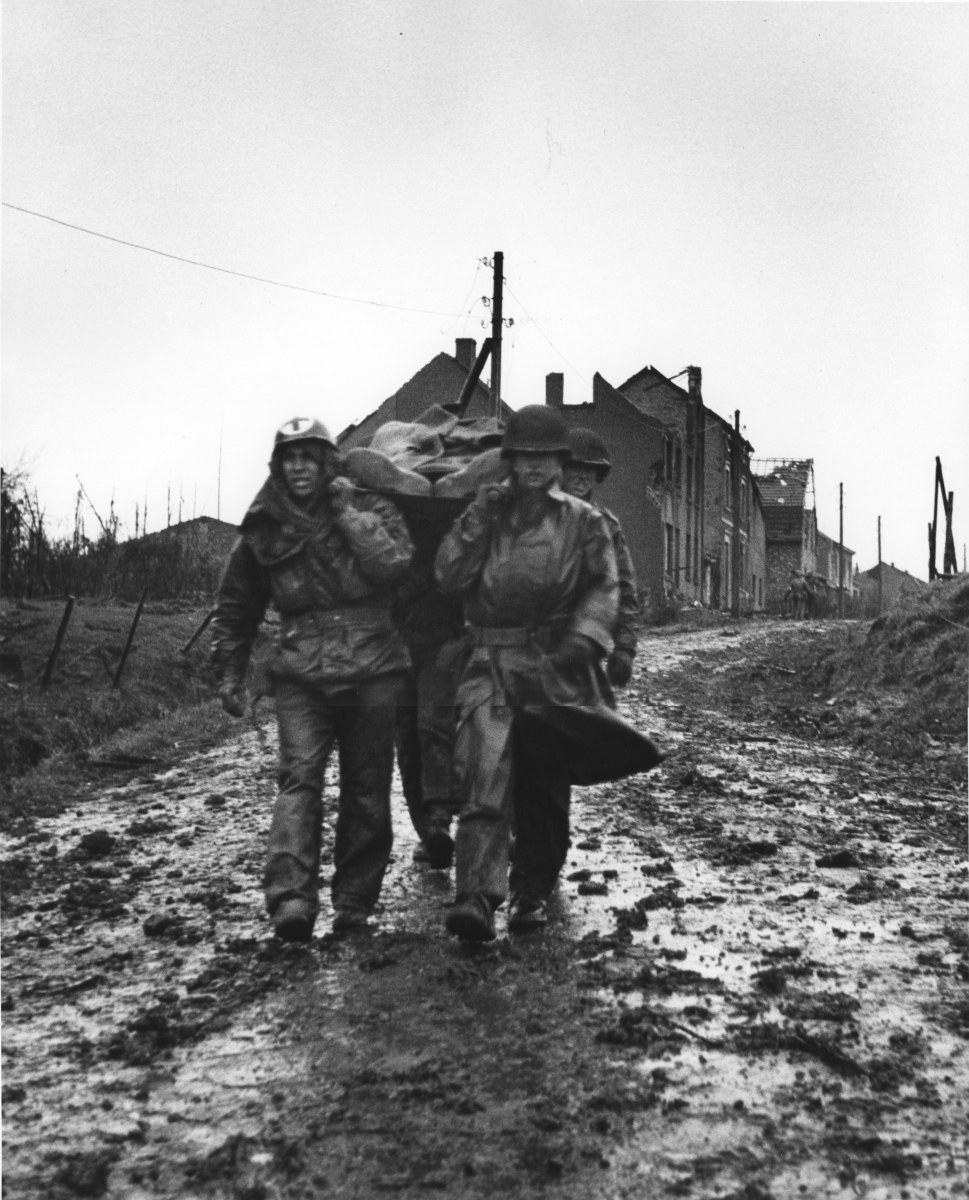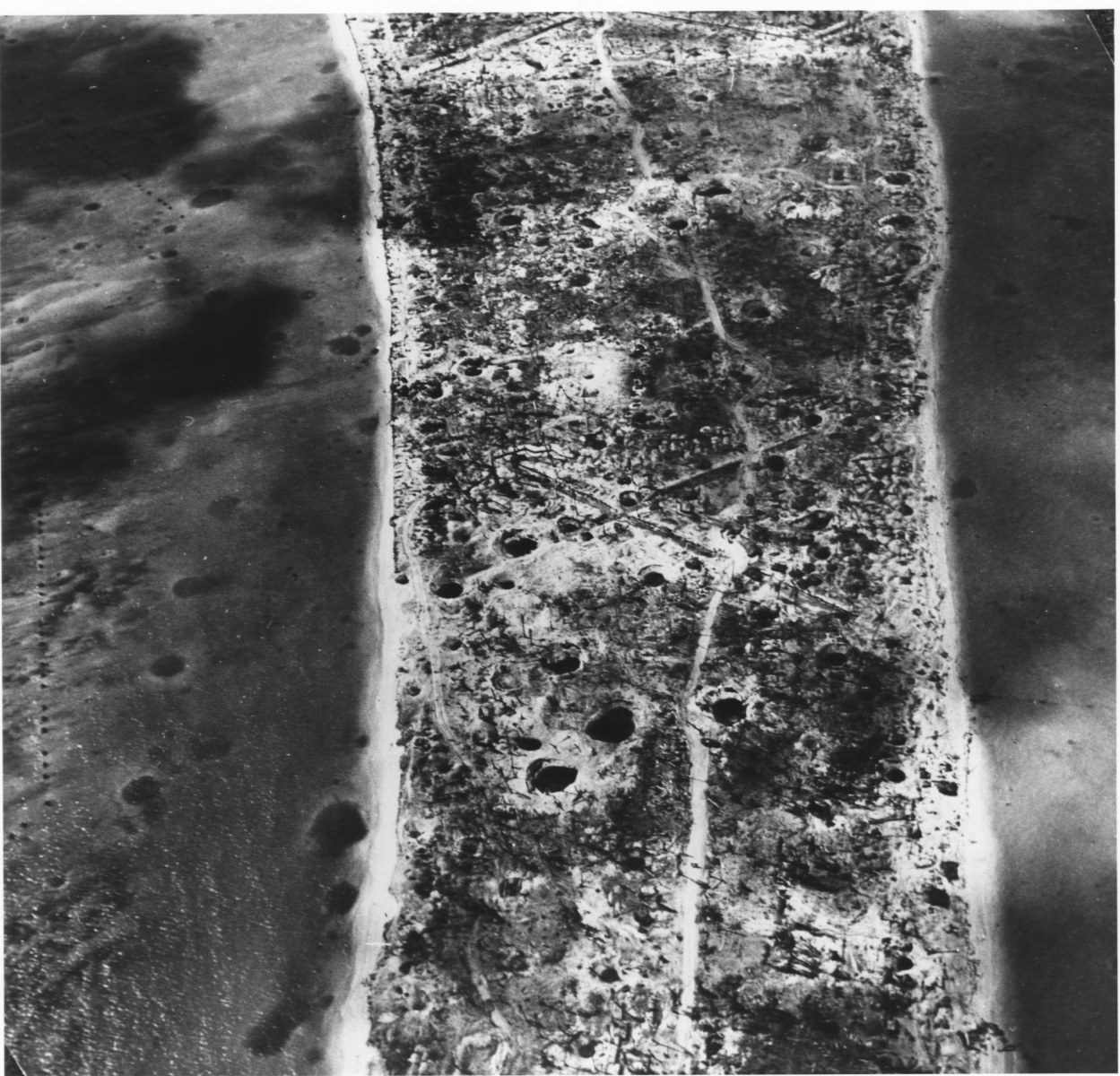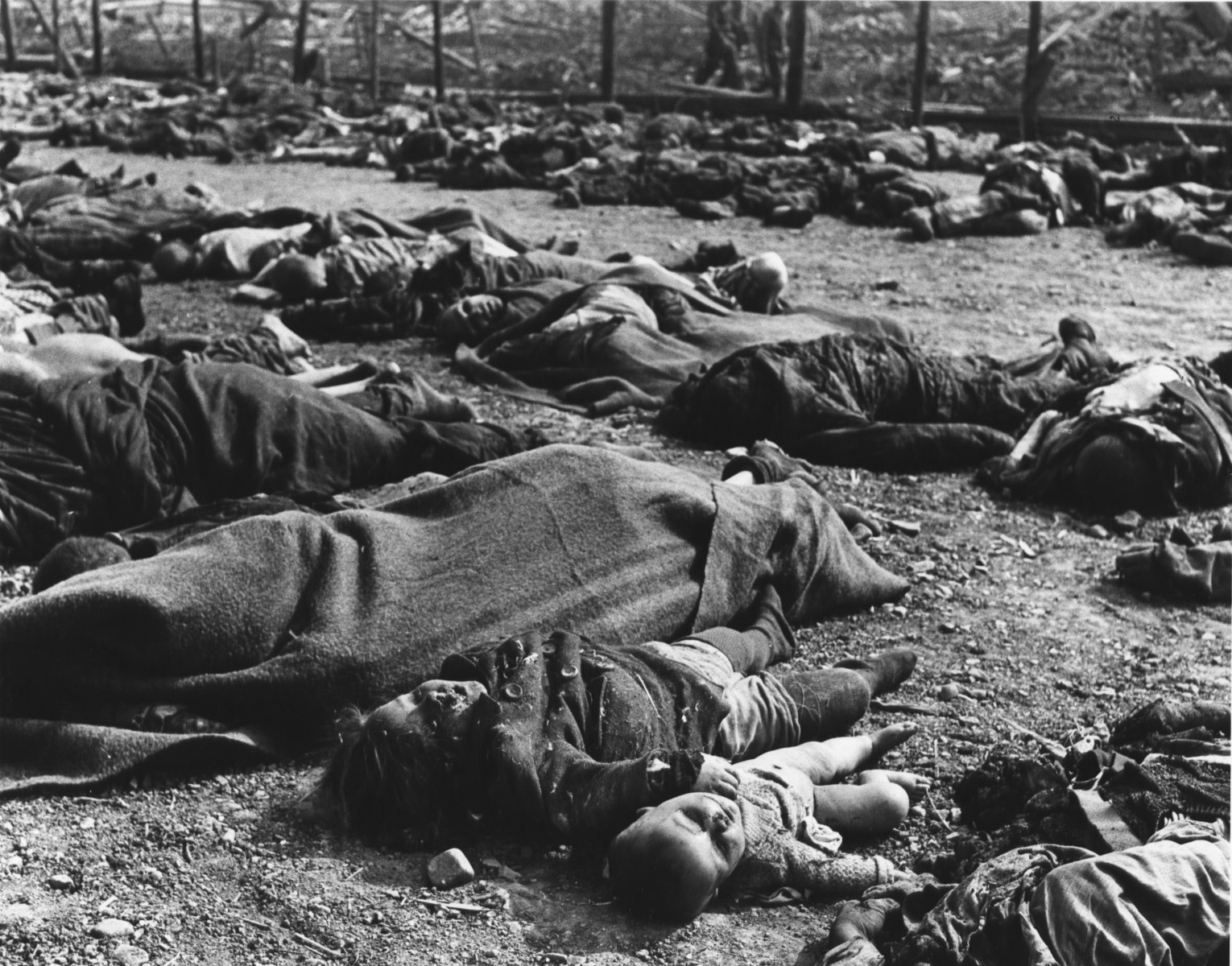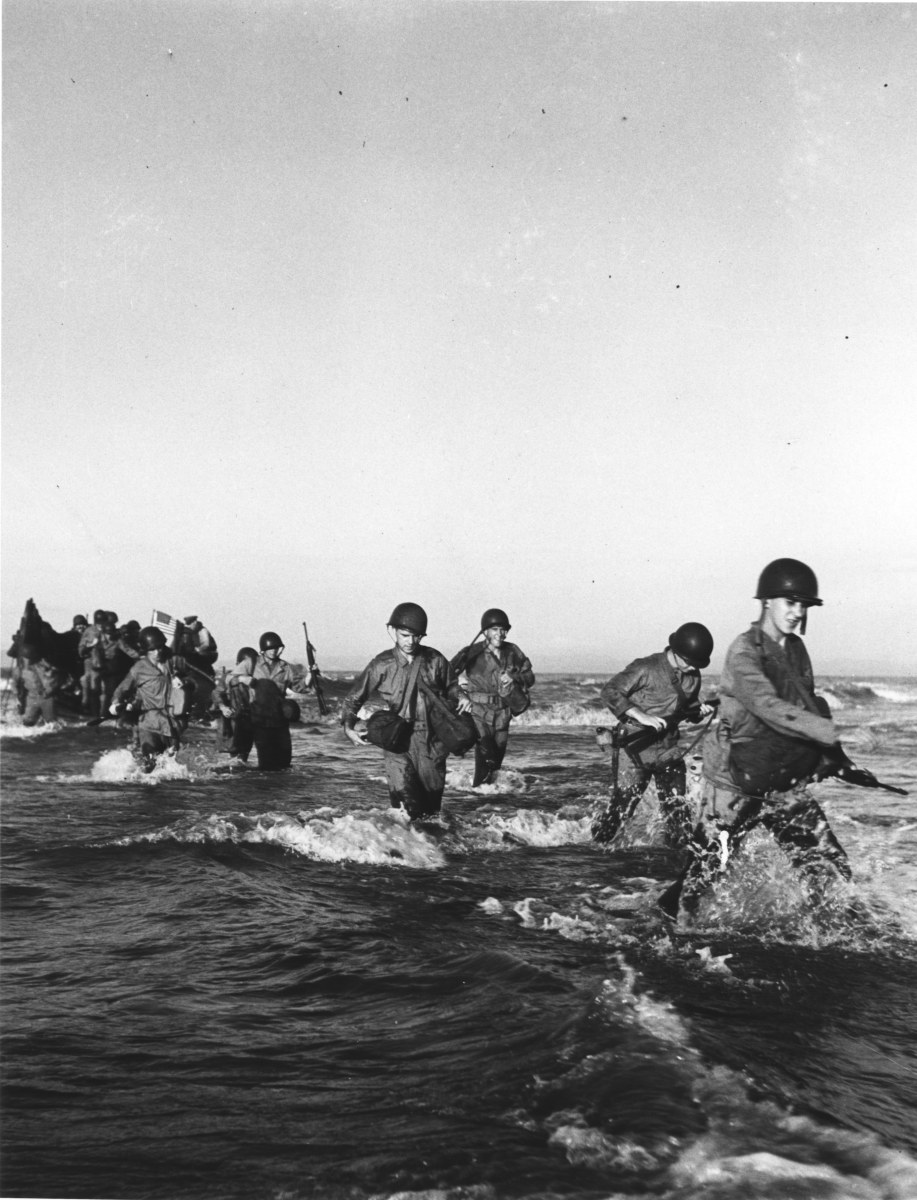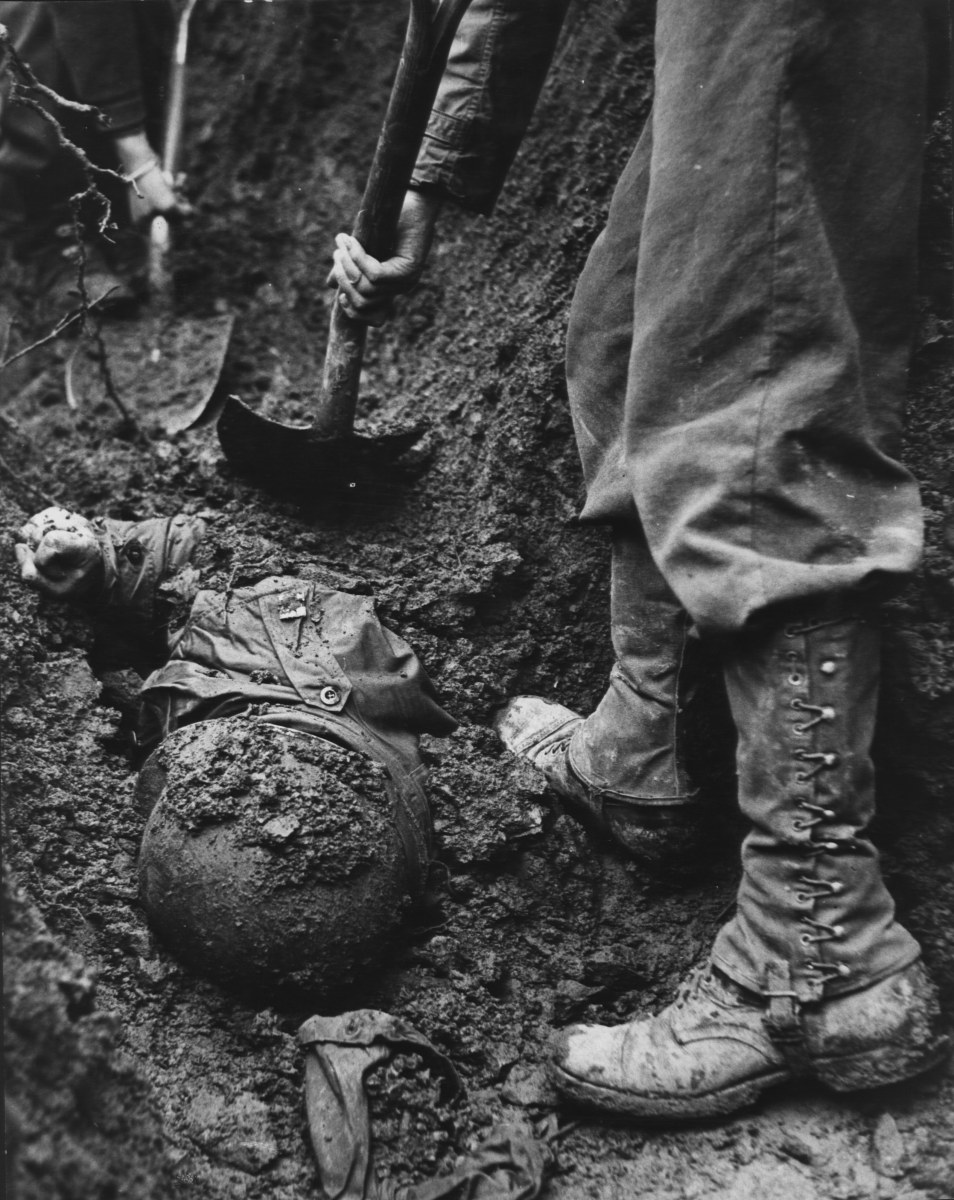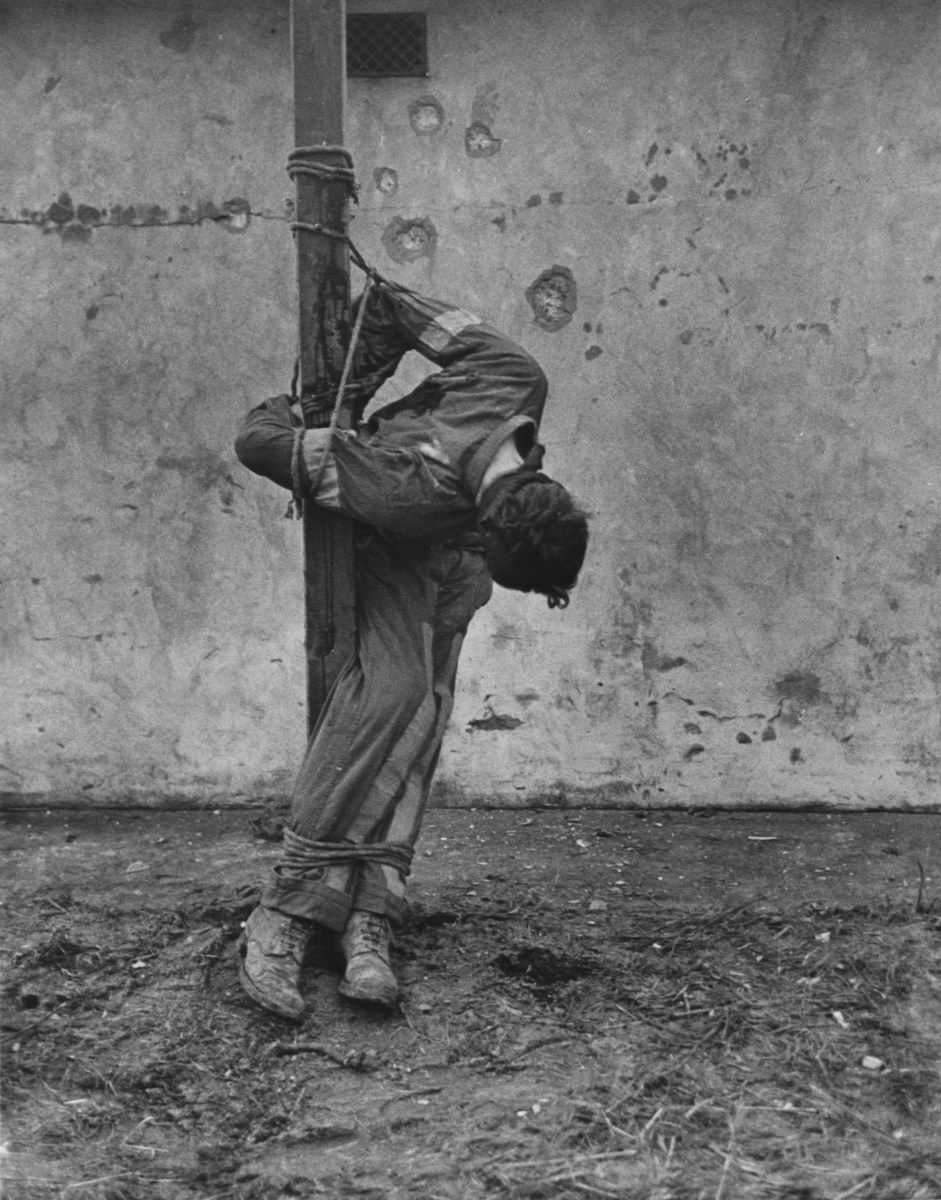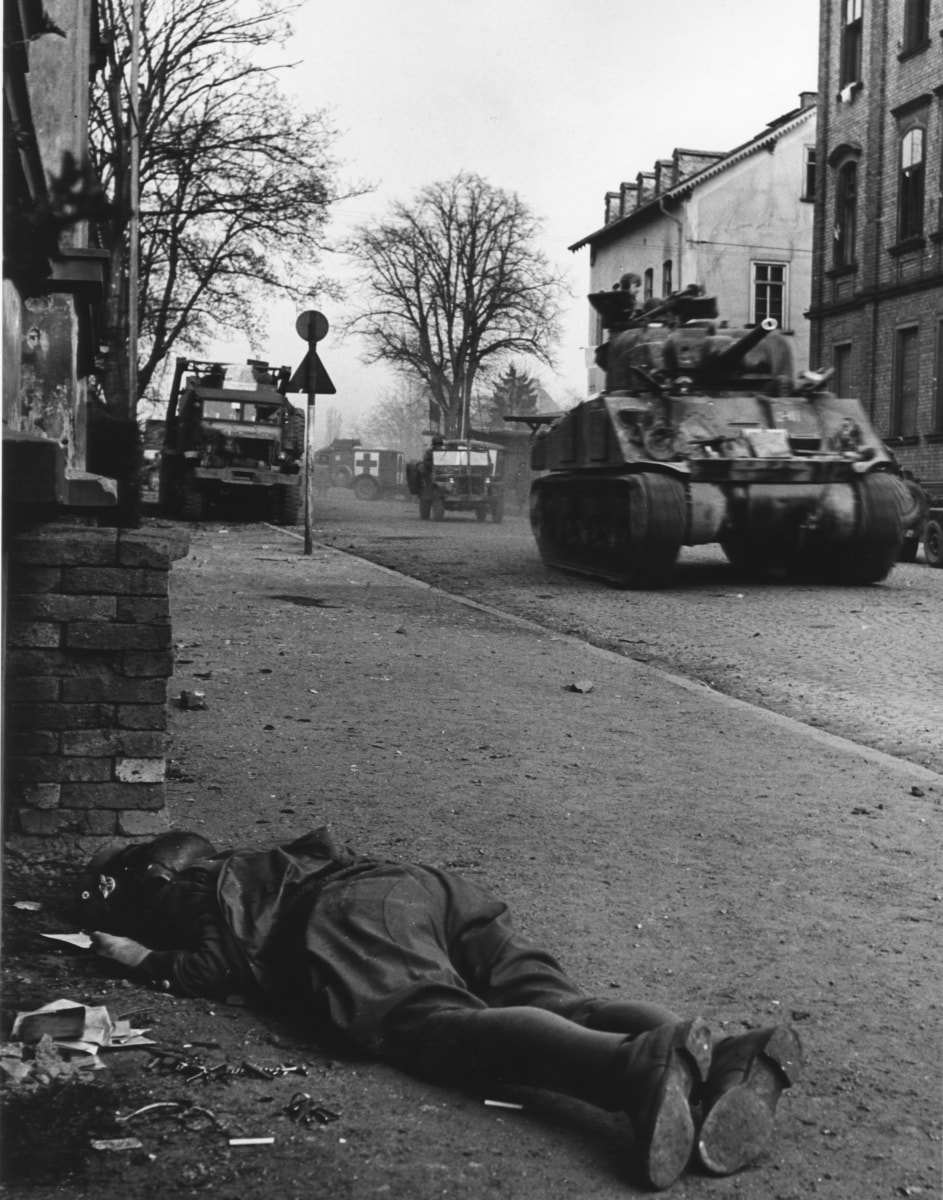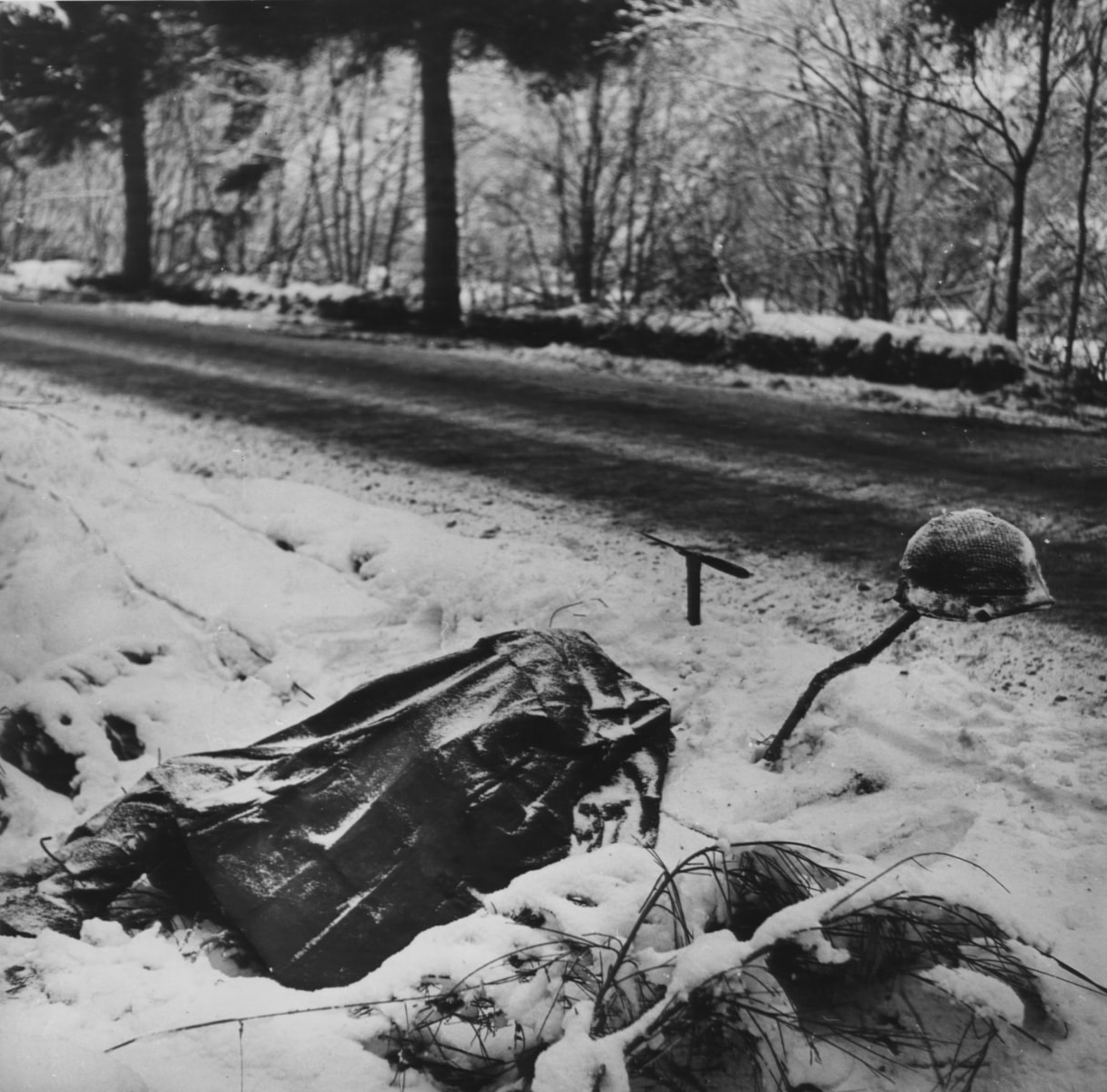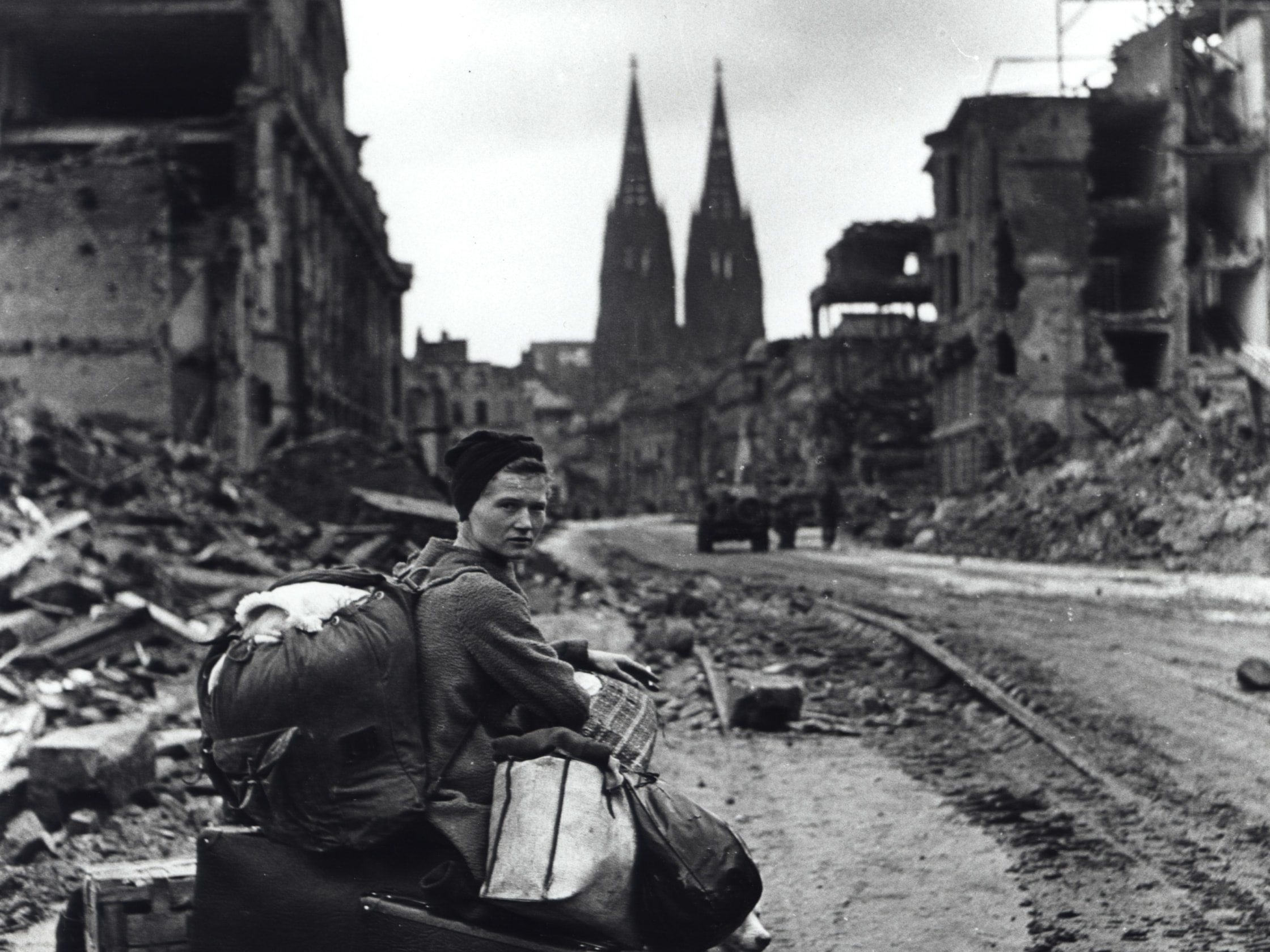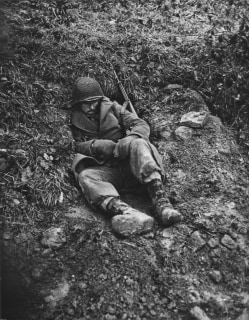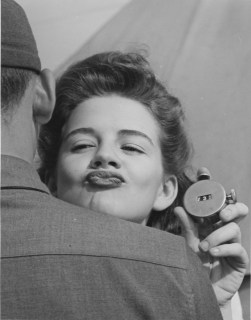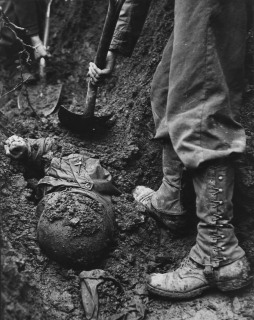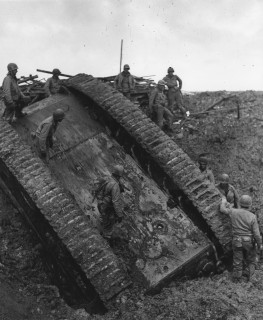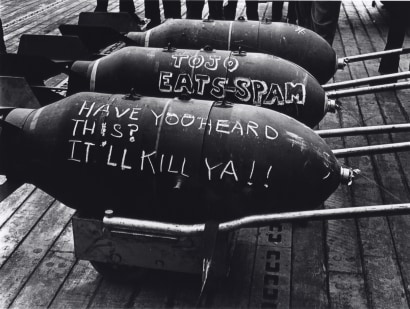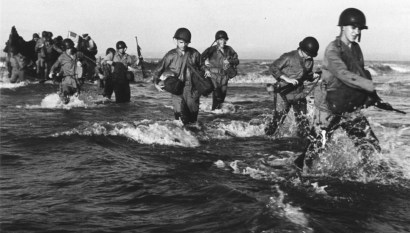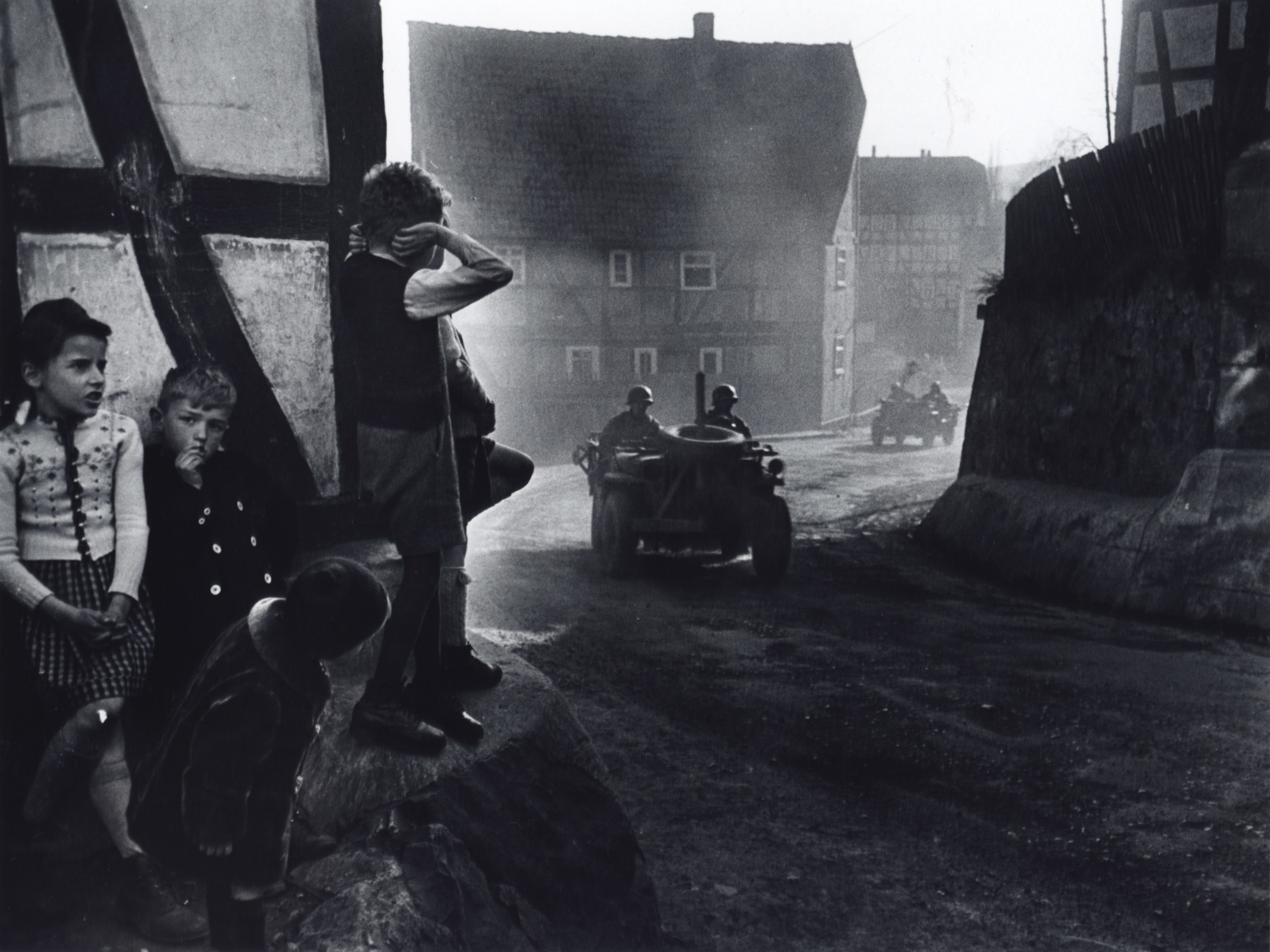
After working for the San Francisco Examiner, John Florea (1916-2000) became a staff photographer at Life in 1941. Living in Hollywood and specializing in celebrity images, he did not intend to go to the battlefields. After the bombing of Pearl Harbor by the Japanese Army in December 7, 1941, Florea decided to become a war photographer and to chronicle the greatest battles of World War II. As one of the America’s first war correspondents for the Pacific war, he covered the Marines and the Navy, especially during the battle of Tarawa in December 1943. Later, from 1944 until the end of the war, he followed the American army in Europe, photographing the fights in France or Belgium, the destruction of the German cities, and the liberation of the concentration camps in Germany.
Since the original Life publications, the John Florea’s photographs have been published in the 1950 volume Life’s Picture History of World War II, in the 1979 Life: The First Decade, in the 1999 Life Photographers: What they Saw, in the 2001 Life: World War II and in the 2004 The Great Life Photographers. Florea's photograph “Read My Vote”, made in Japan in 1947, was included in the iconic Family of Man exhibition that Edward Steichen organized at the Museum of Modern Art, New York, in 1955 and which subsequently traveled to thirty-seven countries.
After the war, John Florea came back to Hollywood to photograph celebrities. He stopped working for Life in 1949. His color pictures of stars made in the 1950s were included in a 1988 exhibition “Masters of Starlight: Photographers in Hollywood” at the LACMA, Los Angeles. He later became producer, director, and writer for more than 130 TV shows from the mid-1960s to the mid-1980s, including Highway Patrol, Sea Hunt and CHiPs. “But,” as he remembered in 1993, “the hilarious thing about it – maybe it’s not so hilarious – is I’ll never be remembered for that. The only thing I’ll be remembered for is what I had done for Life magazine.” John Florea died in Los Angeles in 2000.
John Florea’s photographs of the concentration camps are held in the permanent collection of the International Center of Photography, New York.

